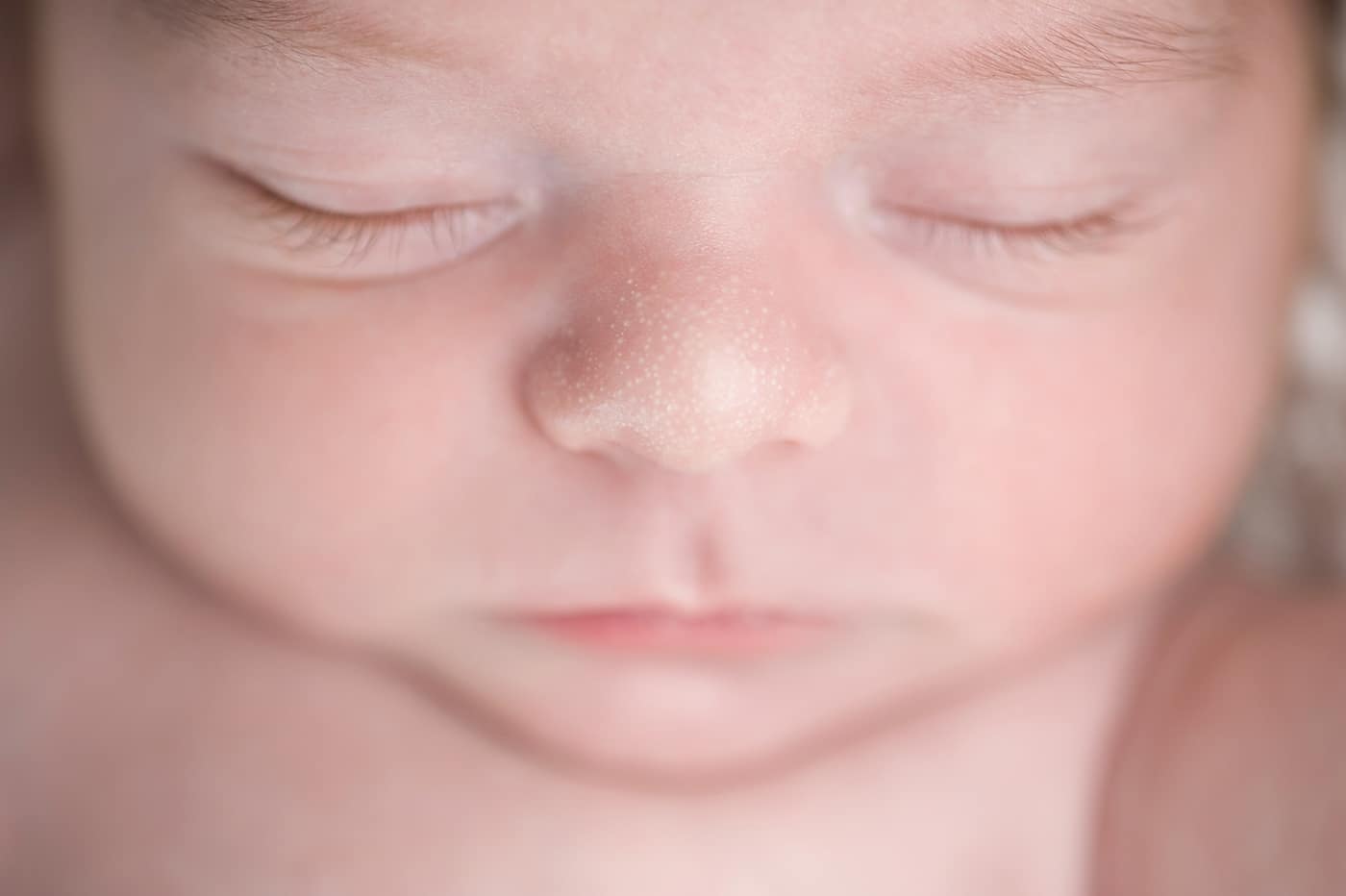Milia Treatment in Lehi, Utah
What is Milia
Who gets Milia?
Anyone can develop milia, but they are more common in:
Newborns
Adults
People with certain skin conditions

2025 Anniversary Sale Event | June 11th 5:30 - 8:30 pm | RSVP HERE
Explore Specific Concerns:
Anyone can develop milia, but they are more common in:
